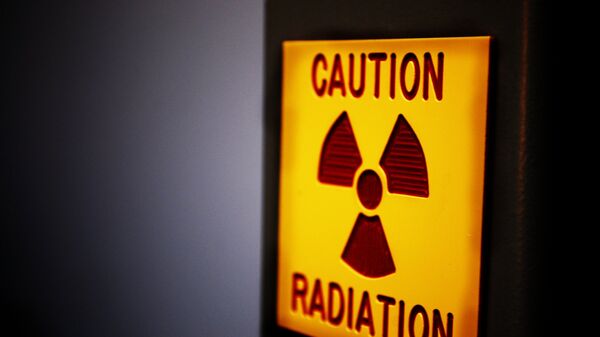A declassified set of documents entitled "Nuclear winter: global atmospheric consequences of nuclear war" has shown that the Emergency Planning Division of the British Home Office, known as F6, ceased to research the phenomenon of a potential nuclear winter, a hazardous climatic effect, despite the ongoing nuclear confrontation with the Soviet Union.
"It was agreed with F6 that no assessment of the [nuclear winter] theory would be carried out by the branch and as such our interest is limited to general reading which could not be regarded as following the subject in any depth," one of the documents, dated December 1984, said.
Instead of examining the theory of environmental devastation due to a nuclear warhead explosion, the British Home Office focused on the investigation of domestic antinuclear activists. Among them were such groups as the Campaign for Nuclear Disarmament (CND), the Faslane Peace Camp and the Greenham Common Women’s Peace Camp.
"Data is now collected on demonstrations and incidents by anti-nuclear groups at MoD [Ministry of Defence] establishments," one of the papers from the British archive said.
On the contrary, groups advocating the use of the country’s nuclear capability were backed by the British government. "Continued government support – both financial and through the provision of nuclear PR material – will be necessary," one of the released documents stated.
The nuclear winter theory, also known as atomic winter, suggested that the detonation of nuclear warheads would lead to environmental devastation and climate change. Firestorms after the nuclear explosion would block out sunlight and result in unprecedented cold temperatures.



